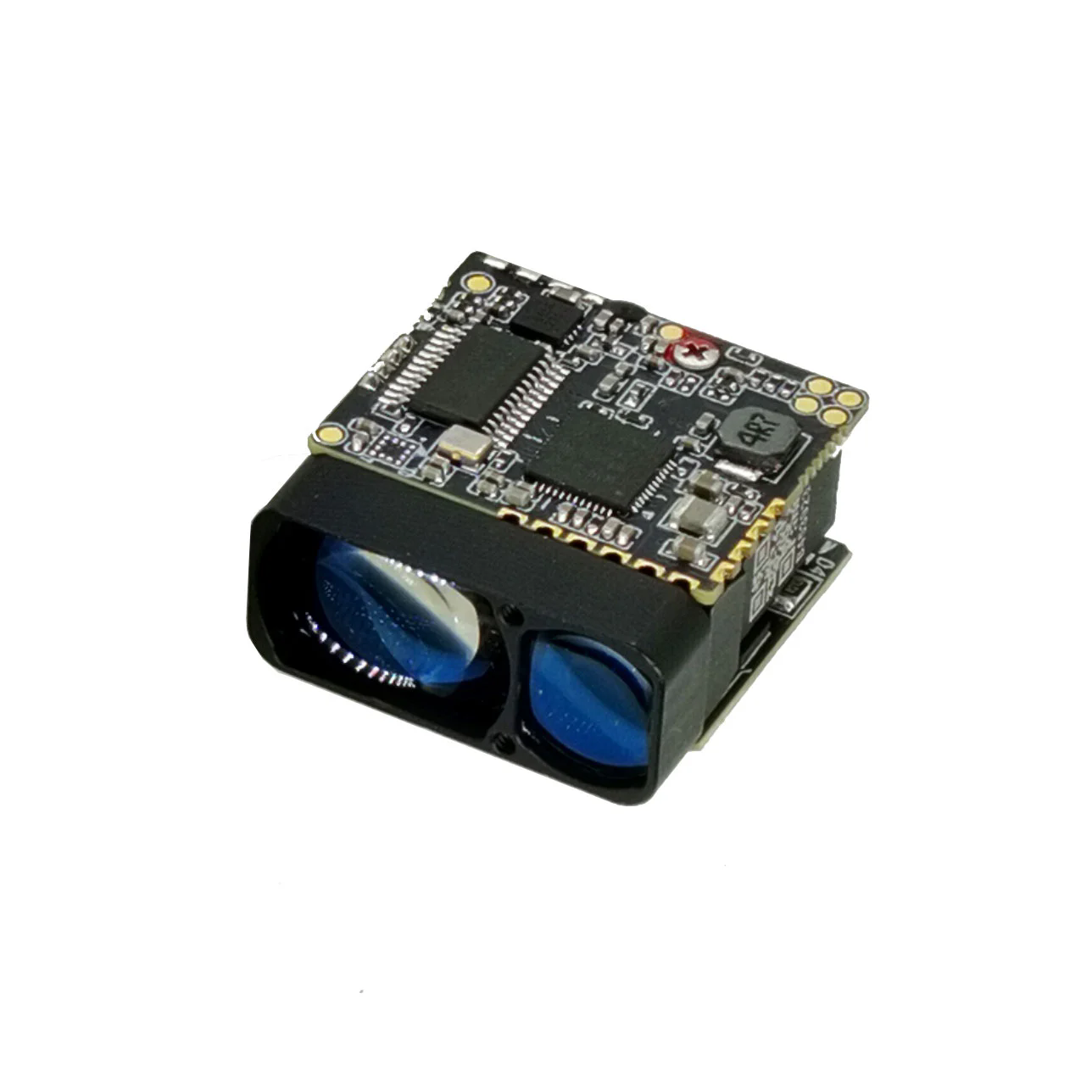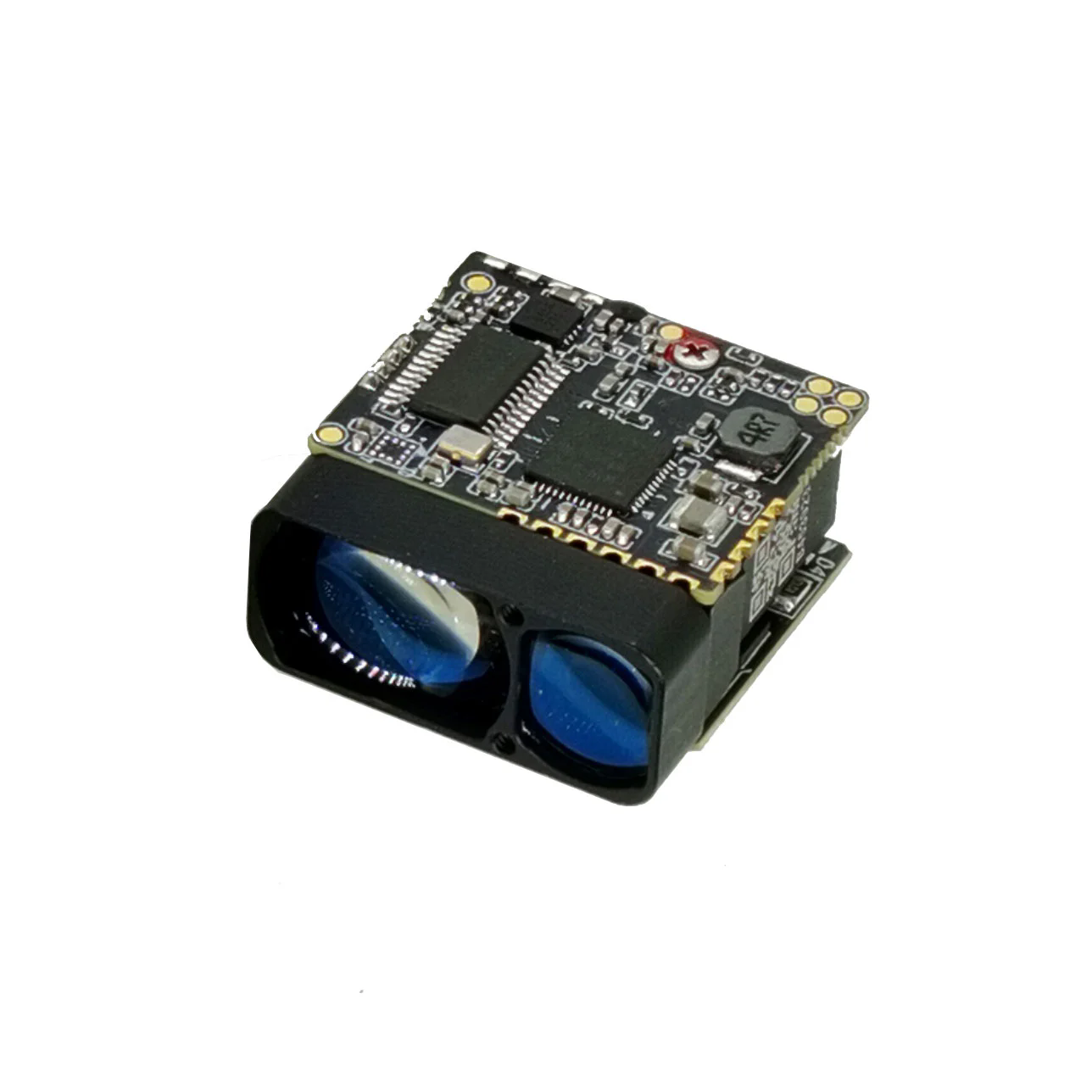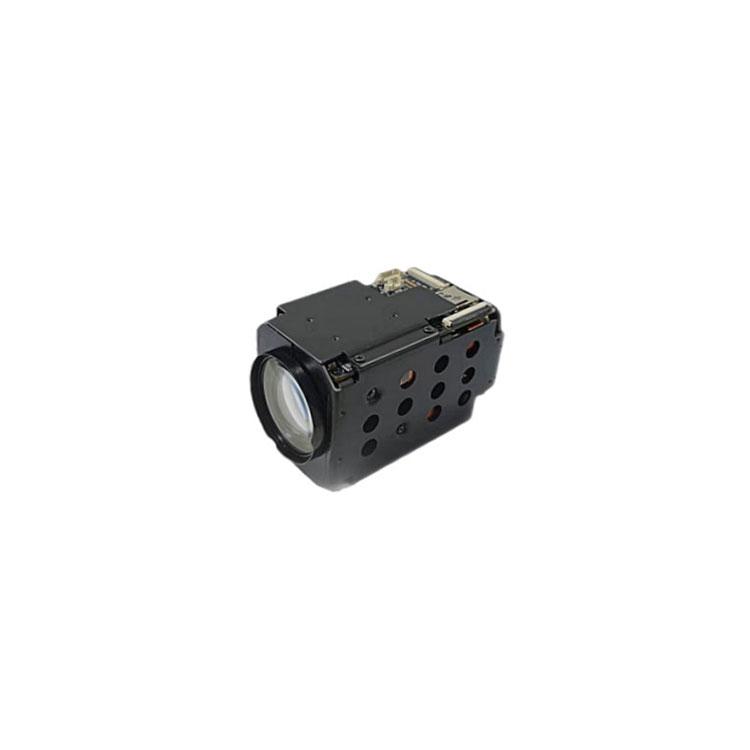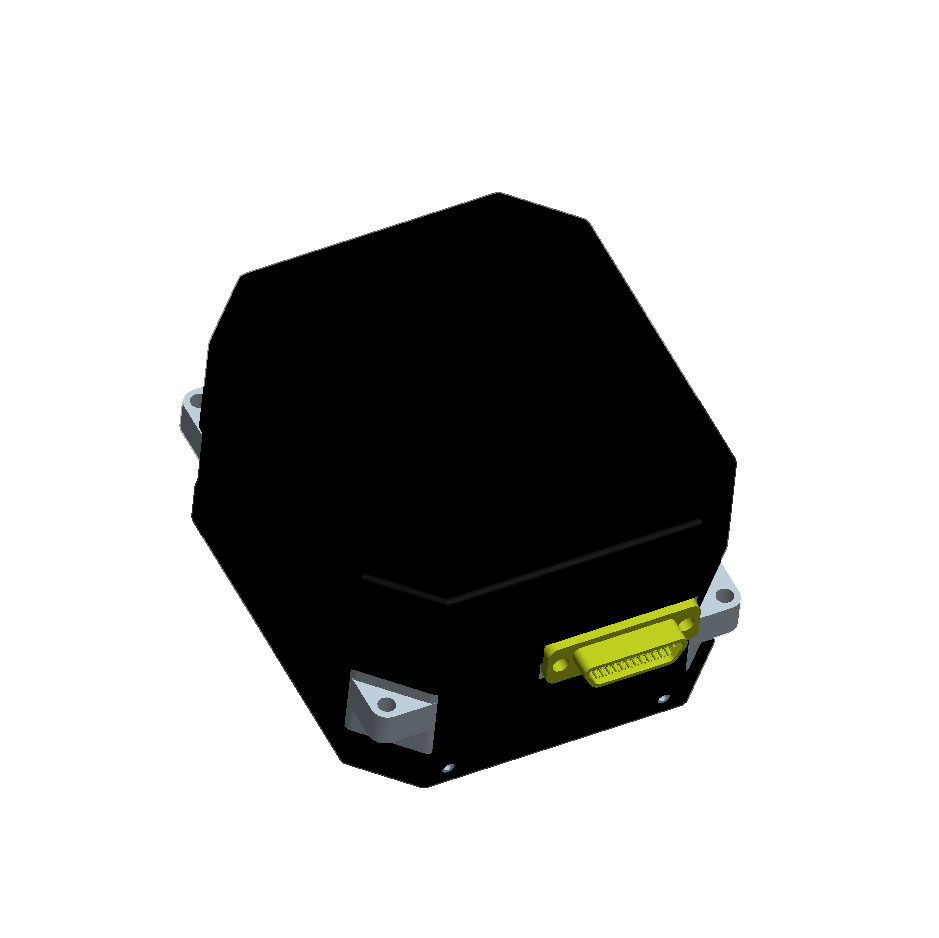
A 905nm LRF Module is a core component in contemporary laser ranging and distance measurement systems, widely adopted in industrial automation, intelligent transportation, outdoor surveying, and electro-optical integration. This article provides a comprehensive technical analysis of the 905nm LRF Module, explaining how it works, where it is applied, and how its specifications align with real-world system requirements. Detailed parameters, structured explanations, and common technical questions are included to support engineering evaluation and procurement decisions. The discussion concludes with practical integration insights and a brand reference to JioptiK for further technical collaboration.
View More
Laser rangefinder modules are compact devices designed to measure distances with exceptional accuracy using laser technology. They are widely used across industrial, automotive, construction, robotics, and surveying applications due to their ability to deliver precise readings in milliseconds. With advancements in laser technology, these modules offer robust performance in various environmental conditions, making them essential components for engineers, developers, and technology integrators.
View More
Thermal imaging cameras have evolved into essential detection and diagnostic tools across industrial maintenance, electrical inspection, building diagnostics, security, firefighting, and scientific applications. By converting otherwise invisible infrared radiation into a clear thermal map, these devices reveal temperature variations, hidden faults, and anomalies that traditional vision cannot capture.
View More
Laser gyroscopes have become a core component in high-accuracy navigation, attitude control, and positioning systems across aerospace, defense, robotics, marine engineering, and autonomous vehicles. Their ability to measure rotation with exceptional stability—without relying on moving mechanical parts—makes them essential for environments where precision, reliability, and long-term durability are critical.
View More
A White Light Camera is quickly becoming a core part of advanced security systems due to its clearer color imaging, enhanced night visibility, and strong deterrent effect. In many real monitoring environments, traditional infrared cameras may produce blurred or monochrome night images.
View More